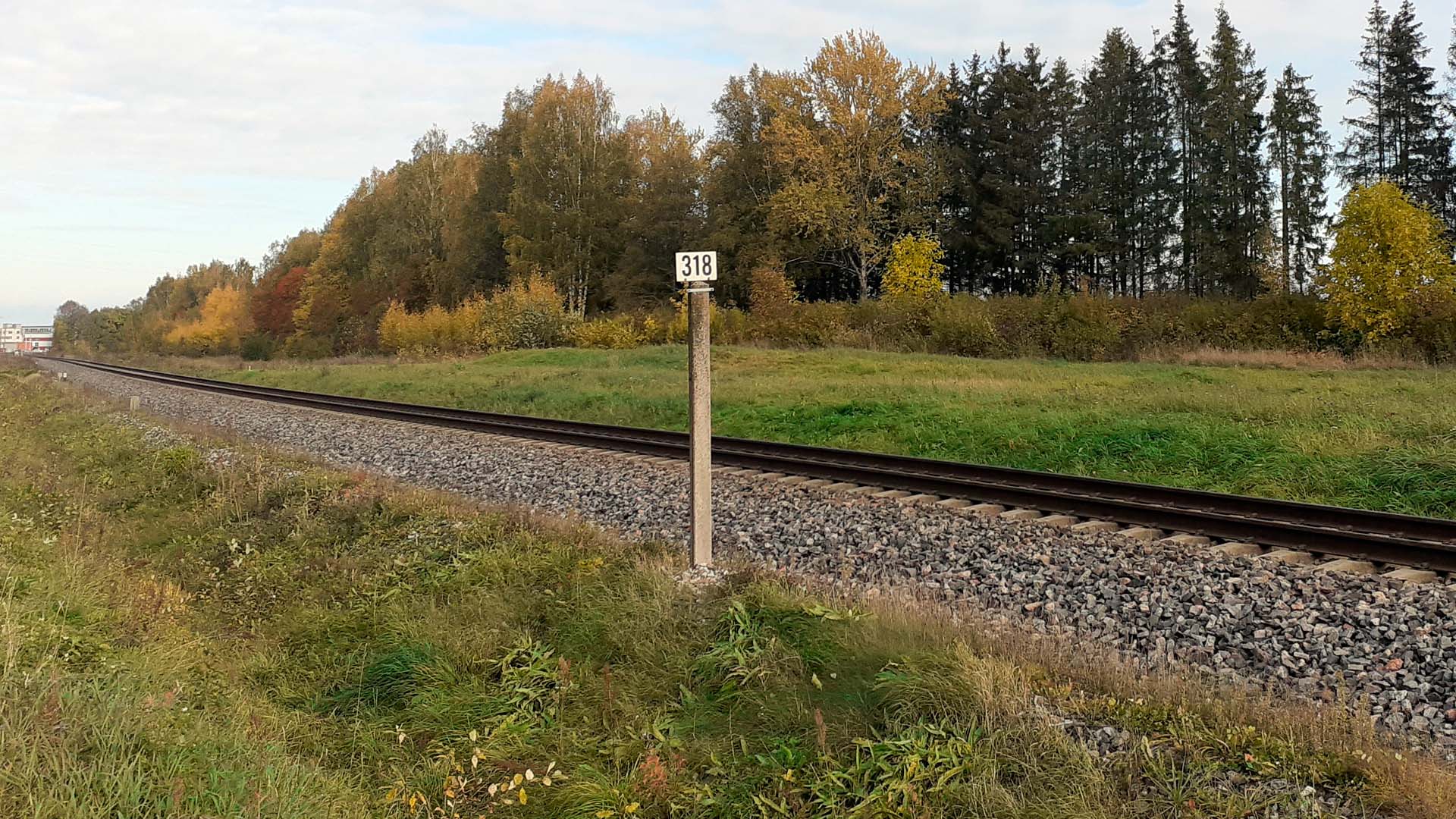Overview
Electric trains not only offer significant environmental advantages over their diesel counterparts but also contribute to a quieter environment for residents residing near railway lines. However, electrifying rail networks is a challenging yet essential task to ensure meeting the transportation needs of both passengers and freight users.
Eesti Raudtee, Estonia's national railway infrastructure company, oversees a total of 1214 km of tracks, with only 138 km currently electrified. These electrified tracks operate on a 3 kV DC system and are situated along the routes connecting Tallinn, Keila, Kloogaranna, Paldiski, Riisipere, Turba, and between Tallinn and Aegviidu. The respective gauges for these lines are 1520 mm and 1524 mm.
In an ongoing effort to expand the electrification of the network, Ayesa, in collaboration with Ardanuy Ingeniería, secured a contract from Eesti Raudtee to design overhead line equipment, traction power substations, and auto transformer stations. The proposed solution involves a 25 kV AC system and will be implemented across lines spanning over 500 km in length.
Our work
Ayesa and Ardanuy Ingeniería are responsible for the preliminary design of the required electrification infrastructure, which encompasses equipment for sections within the Trans-European Transport Network (TEN-T). The TEN-T is a proposed network of roads, railways, airports, and water infrastructure in the European Union. Presently, electrified lines are confined to Harju County and lack integration with the rail networks of neighboring countries. Despite the contract's focus on regional rail transport, its socio-economic and environmental benefits extend not only to Estonia but also in surrounding regions.
The five sections included in the contract are:
- Tallinn–Aegviidu–Tapa (including Ülemiste–Lagedi–Muuga): 100.7 km
- Tapa–Tartu: 112.5 km
- Tapa–Narva: 132.1 km
- Tartu–Valga: 82.9 km
- Tartu–Koidula–Piusa: 92.3 km
These will have a design speed of 160 km/h for passenger trains and 120 km/h for freight trains.
Ayesa has extensive experience when it comes to railways. This includes hundreds of consulting and engineering design contracts involving railways, metros and trams, and spans all disciplines. It covers all phases of rail schemes, from feasibility studies through to detailed design, technical assistance, commissioning, operations and maintenance.
Ayesa’s transportation team is made up of more than 100 experts with detailed knowledge in areas such as traction power substations, overhead line equipment, stations, associated installations, and signalling and control systems. In terms of electrification, its experience covers both design and technical assistance.
Added value
The influence of railways on society and the environment is substantial. Consequently, the positive outcomes of this project, which serves as a precursor to the implementation of electric multiple units (EMUs), will extend across Estonia and the broader region.
Regarding environmental considerations, Ayesa has given special attention to minimising the carbon footprint in both construction and operational aspects while analyzing alternative solutions.







